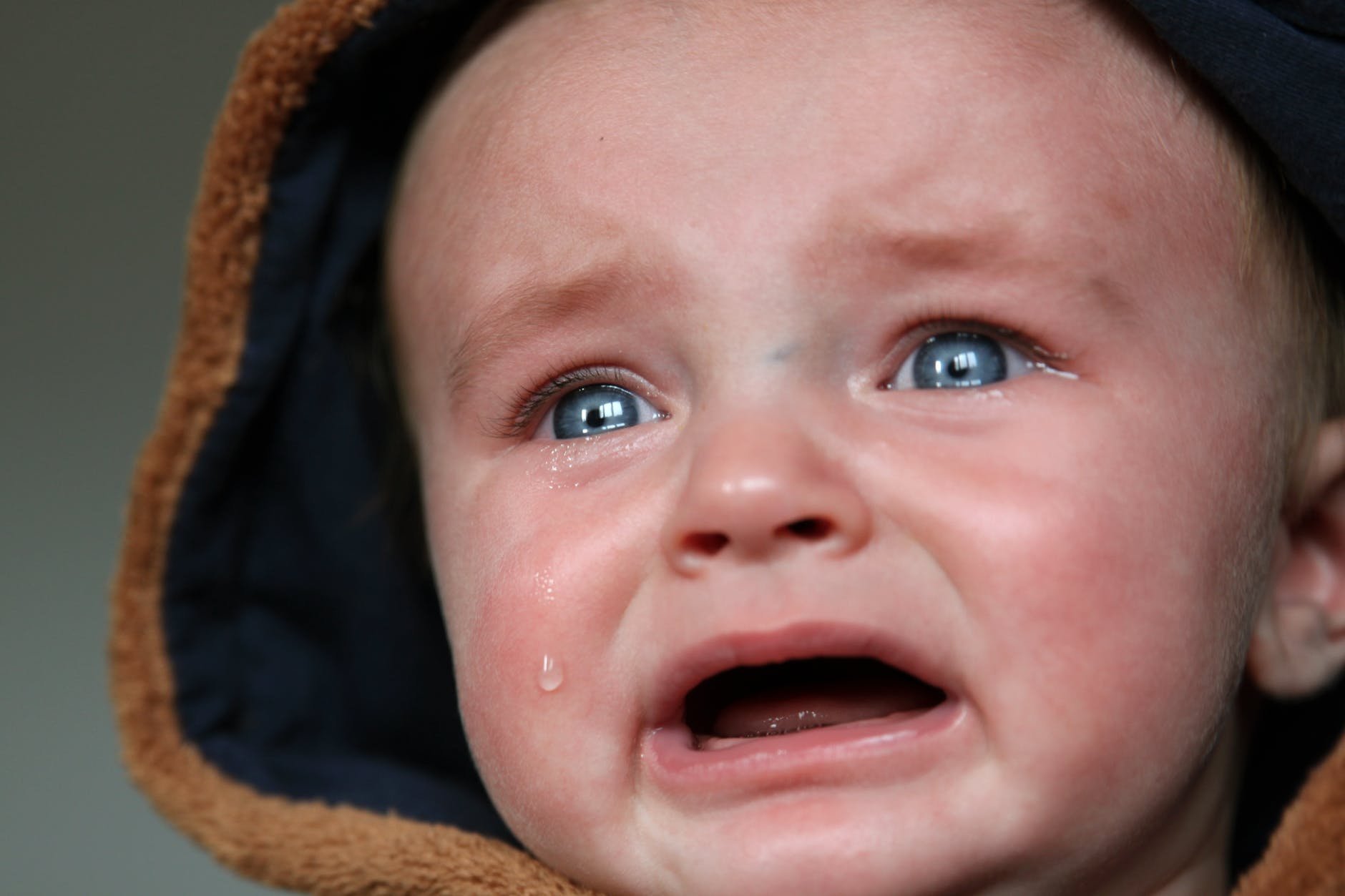 The holidays have come and gone, but the season of sickness continues to affect adults and children. Most parents are aware that the first few months of a new year are often filled with coughs, fevers, runny noses, and other ailments. These symptoms can be caused by a handful of common illnesses.
The holidays have come and gone, but the season of sickness continues to affect adults and children. Most parents are aware that the first few months of a new year are often filled with coughs, fevers, runny noses, and other ailments. These symptoms can be caused by a handful of common illnesses.
While there is lots of crossover between these illnesses, there are some key differences parents can take note of when deciding what to do for their sick child. The following information will hopefully help you answer that all-too-familiar question: “What’s making my child sick?”
- The Common Cold. As the name suggests, the common cold is the most common childhood illness. Colds are caused by viruses that spread through the air and via close personal contact. Common cold symptoms usually develop slowly, starting with a sore throat, runny nose and sneezing, and often progressing to a cough. There is frequently a low fever and a lowered appetite as well. The good news is that the common cold resolves itself, with symptoms lessening and improving over 2 weeks. Older children with a cold don't usually need to see a doctor unless they look or feel very sick. Children under the age of three months, however, should see their doctor as soon as possible, as colds can become more dangerous in infants.
- Influenza. Also known as the flu, influenza is a very contagious viral infection spread via droplets in the air. These droplets are transmitted by sneezing, coughing, and even talking. Unlike the common cold, flu symptoms tend to come on rapidly. Symptoms typically include a high fever, chills, cough, muscle aches, headaches, weakness, and exhaustion. The good news is that many children recover on their own. But high-risk patients - including children under age 2 or those with chronic medical problems (such as asthma, diabetes, or cystic fibrosis) - should seek medical care in the first 48 hours of illness. Additionally, all families should contact a doctor if any child begins getting worse and having trouble with their illness. And all parents should seek medical care if their children are having trouble breathing, changes in skin color, severe vomiting, or dehydration. Your best defense against the flu is vaccination - the sooner, the better!
- Pneumonia. Pneumonia can be caused by a variety of germs, including viruses (the most common cause), bacteria, fungi, and parasites. Pneumonia may present as a fever, cough, or trouble breathing (with grunting or wheezing sounds). Children with bacterial pneumonia usually become sick fairly quickly, starting with a sudden high fever and unusually fast breathing; or having prolonged cough and return of a new fever. Children with viral pneumonia often have symptoms that appear more gradually and are less severe, though wheezing can be more common. It’s also possible for children to develop chills, vomiting, chest pain, abdominal pain, and a loss of appetite. No matter the cause, pneumonia and its complications can be quite serious. If your child begins to have breathing problems, bring them to their pediatrician for an exam as soon as possible.
- Strep throat. Strep throat is always caused by bacteria and therefore is always treatable with antibiotics. Strep throat is usually not associated with a cough or a runny nose. Instead, its primary symptom is a sore throat, which may make it difficult to swallow. Patients may also present with a fever, headache, nausea, stomachache, and red body rash. Strep is more common in school-age children and less common in children under age 3 years. If your child has a sore throat and other strep throat symptoms, call your doctor and schedule an appointment for additional testing.
While this time of year can be scary for parents, the good news is that most coughs and sniffles will resolve themselves with plenty of fluids and bed rest. In addition to monitoring for symptoms, parents should teach their children about preventative actions and habits designed to stop the spread of germs, including:
- Washing our hands with warm water and soap, and/or an alcohol-based hand sanitizer.
- Covering our nose and mouth with a tissue when we sneeze (and washing our hands afterward).
- Avoiding others when they are sick.
- Maintaining a clean, sanitary space.
Additionally, parents should bring their children to their pediatrician for an annual flu shot. Ideally, children will get their shot before flu season even begins. However, even a late shot can add a layer of protection against the influenza virus.
Still have questions about your child’s health during cold and flu season? Do you have concerns about any particular symptoms? Feel free to contact our Capital Area Pediatrics team at a location that’s convenient for you. Our staff can answer your inquiries and help you move forward with a care plan that will address your child’s symptoms in the best way possible.


